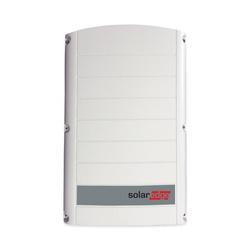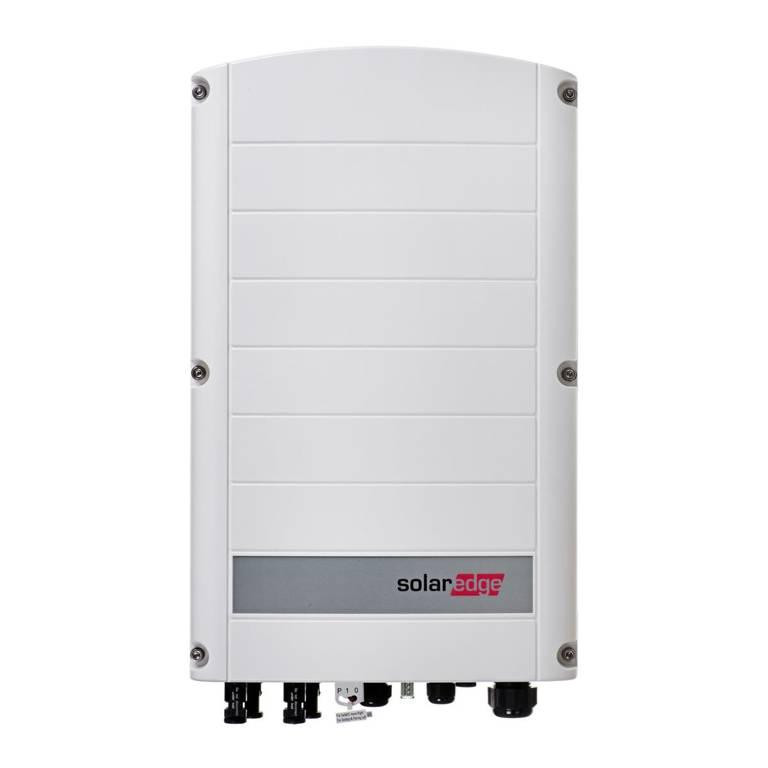7kw 3 Phase Solar Inverter is highly efficient and is perfect for small-size solar. All 7kw 3 Phase Solar Inverters have the highest build quality and a wide range of operating modes.
The many intelligent features make the 7kw 3 Phase Solar Inverter one of the most efficient in its class: for example, the built-in data logging function, the simplicity of connecting to the Internet via WLAN, or replaceable card technology for the integration of additional functions in the future.
The housing of three-phase network inverters has a degree of protection IP66, which allows them to be installed outdoors, including in the open sun.
Features of the 7kw 3 Phase Solar Inverter:
- Pure sine wave output;
- Maximum efficiency 98.0%;
- The adaptation efficiency of MPT is 99.9%;
- Installation indoors and outdoors (degree of protection IP 65);
- Connecting an external network;
- Power limitation during overload;
- Protection against incorrect polarity;
- Energy management (output with relay decoupling of potentials);
- WLAN / Ethernet LAN control interface;
- Monitoring and management through the cloud service
- Connection and data transfer
- Pulse load control in the receiver interface
- Has 2x RS422 (RJ45 connector)
- Input for overvoltage protection (S0-Meter Interface);
- Connector for Modbus RTU SunSpec or counter connection.
THREE-PHASE NETWORK INVERTERS SO FAR SOLAR
7kw 3 Phase Solar Inverter is used in solar stations that operate without batteries. All generated energy immediately goes to the 3-phase network for consumption. When the power consumption decreases, the generation power decreases accordingly. It is monitored by current sensors & the ARPC unit. It is necessary so that the excess generated energy does not go into the network and is not counted by the meter as consumed. Domestic electricity meters are one-way and do not know how to subtract. With the introduction of the “green tariff”, when it becomes possible to sell surplus electricity to sales companies, then these restrictions will disappear, and it will be possible to earn additional money.
Prerequisites for work
A feature of the work of network inverters is the need for a regular electrical network.
The line of 3-phase inverters consists of devices of different capacities: from 1 to 66 kW. Almost every inverter has 2 independent MPPT trackers built-in with the possibility of uneven power distribution, except the 55 and 66 kW models, which have 3 MPPT trackers.
The presence of the WI-FI module allows you to connect the inverter to the Internet and monitor the system parameters after registration on the manufacturer’s website.
Three-phase solar edge inverter is very common in industrial enterprises, office buildings, business centres, country houses, or other facilities where there is electricity consumption in the daytime & there is an external power grid. The use of network inverters can significantly reduce energy costs, and the payback is only from 1 year to 5 years.
Currently, an increasing number of network operators in various countries are setting limits on the return of energy to the urban network from photovoltaic modules. Thanks to the dynamic reduction in power, Solaredge Inverter offers a solution for optimal management of power generation and output. The inverter first supplies electricity to the household consumers in your home & then reduces the output power of the system to the maximum allowable value allowed by the network operator.


